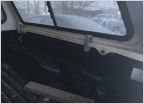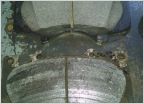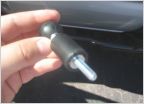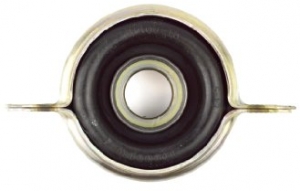-
Welcome to Tacoma World!
You are currently viewing as a guest! To get full-access, you need to register for a FREE account.
As a registered member, you’ll be able to:- Participate in all Tacoma discussion topics
- Communicate privately with other Tacoma owners from around the world
- Post your own photos in our Members Gallery
- Access all special features of the site
Exhaust Manifold Replacement
Discussion in '2nd Gen. Tacomas (2005-2015)' started by JAGCanada, May 7, 2025.


 2013 Tacoma Radio question...
2013 Tacoma Radio question... How to mount this type of camper shell?
How to mount this type of camper shell? Front brake job, pads & caliper
Front brake job, pads & caliper Garmin 60CSx Install in 05+ Tacoma
Garmin 60CSx Install in 05+ Tacoma Boom there goes 4wd, thanks Toyota for frame swap problems
Boom there goes 4wd, thanks Toyota for frame swap problems











































































